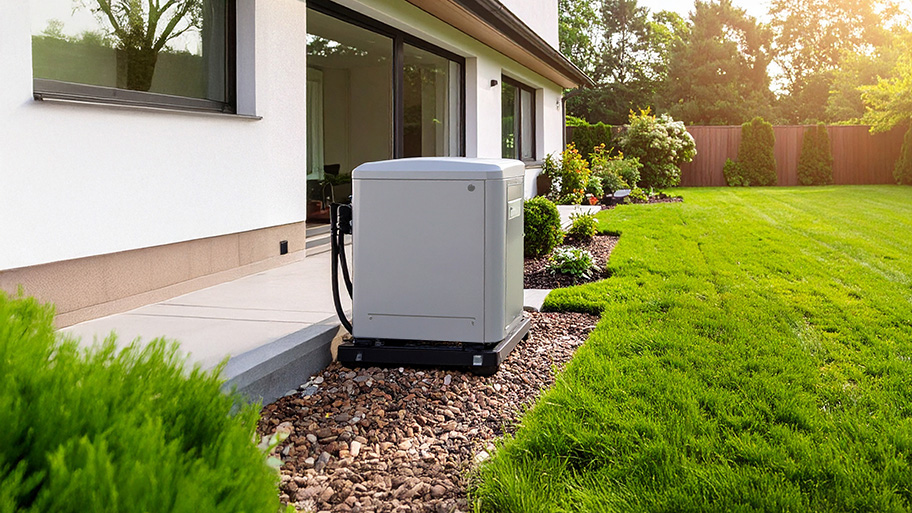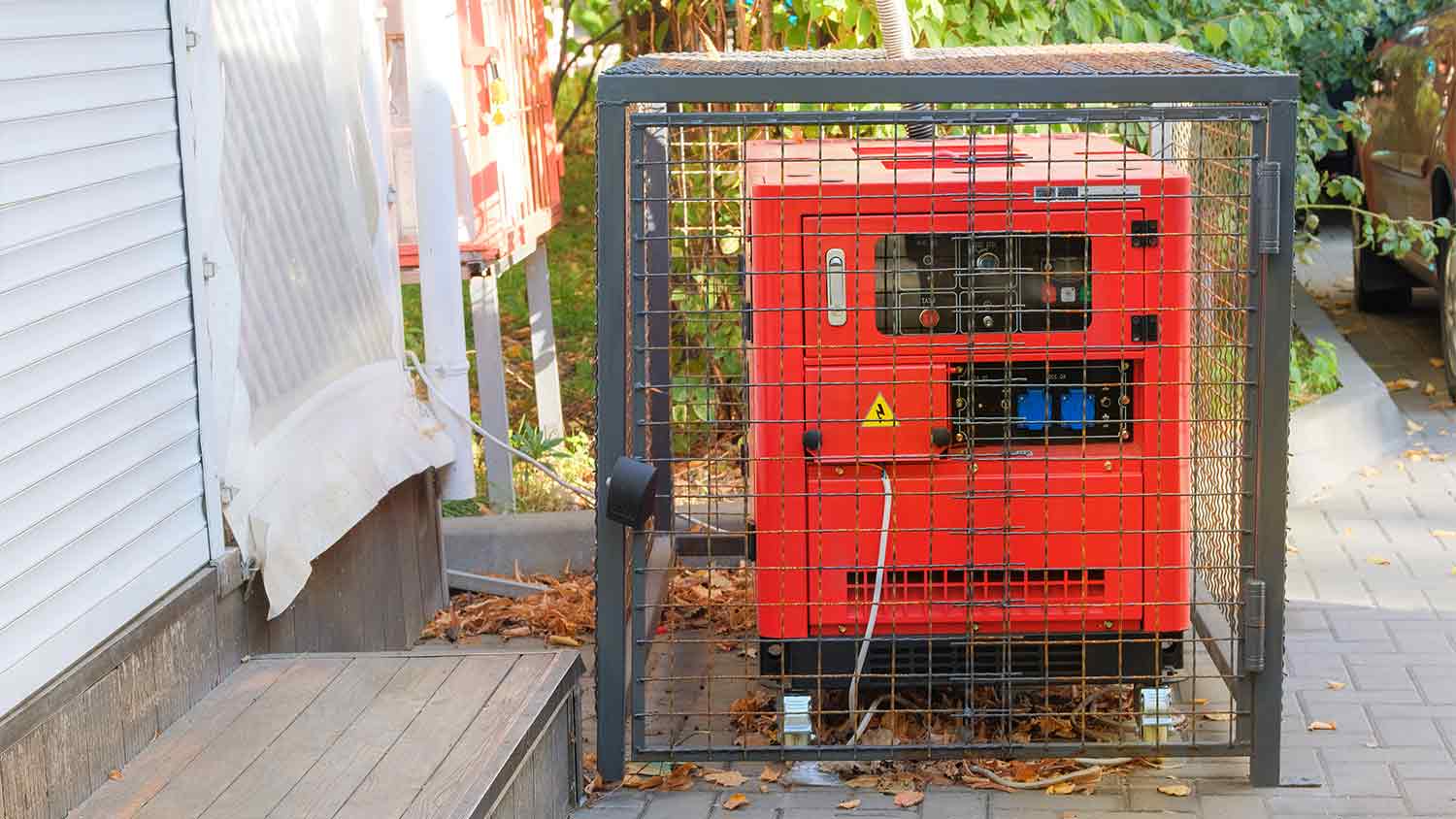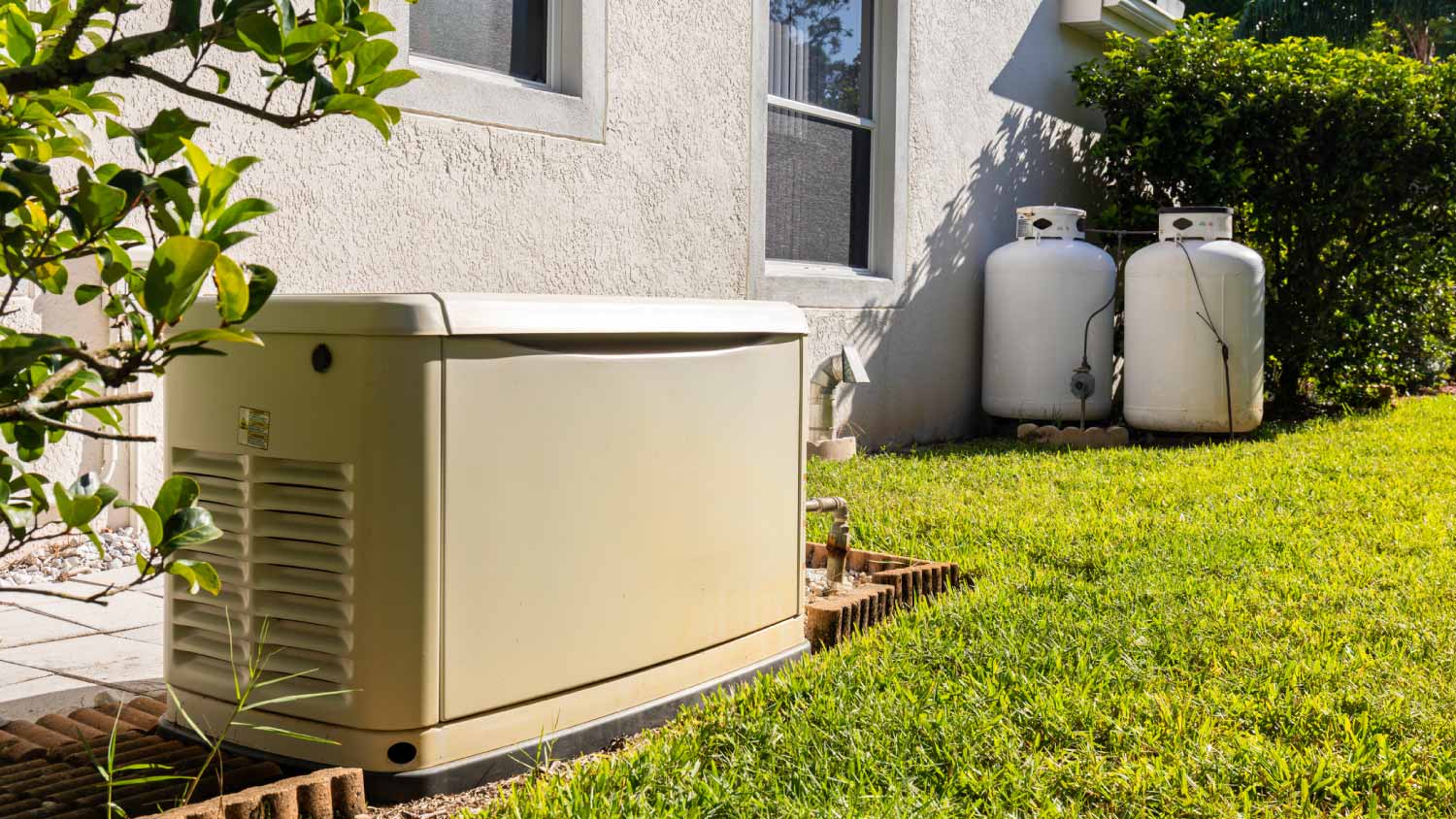My Classic Car Trader LLC
My Classic Car Trader LLC
Sales, Service & Rebuilding of Antique and Classic Car Components such as, Carburetors, Starters, Generators, Fuel Pumps, Double & Single Action Fuel Pump Rebuilding, Water Pumps, Hydraulic Top Pumps, Distributors, and DELCO Knee Action Shocks, We also carry a complete line of NOS and NORS parts. We offer FREE Technical advice for any YEAR Classic Car 609-462-7412
"Beware. They charged me double shipping even after I told them I would wait so I wouldn’t have to pay two shipping fees. The last item was a fuel pump that I had a problem with. I have made 4 calls to ask for help with no return call. Poor"
Frank H on July 2020
Sales, Service & Rebuilding of Antique and Classic Car Components such as, Carburetors, Starters, Generators, Fuel Pumps, Double & Single Action Fuel Pump Rebuilding, Water Pumps, Hydraulic Top Pumps, Distributors, and DELCO Knee Action Shocks, We also carry a complete line of NOS and NORS parts. We offer FREE Technical advice for any YEAR Classic Car 609-462-7412
"Beware. They charged me double shipping even after I told them I would wait so I wouldn’t have to pay two shipping fees. The last item was a fuel pump that I had a problem with. I have made 4 calls to ask for help with no return call. Poor"
Frank H on July 2020






